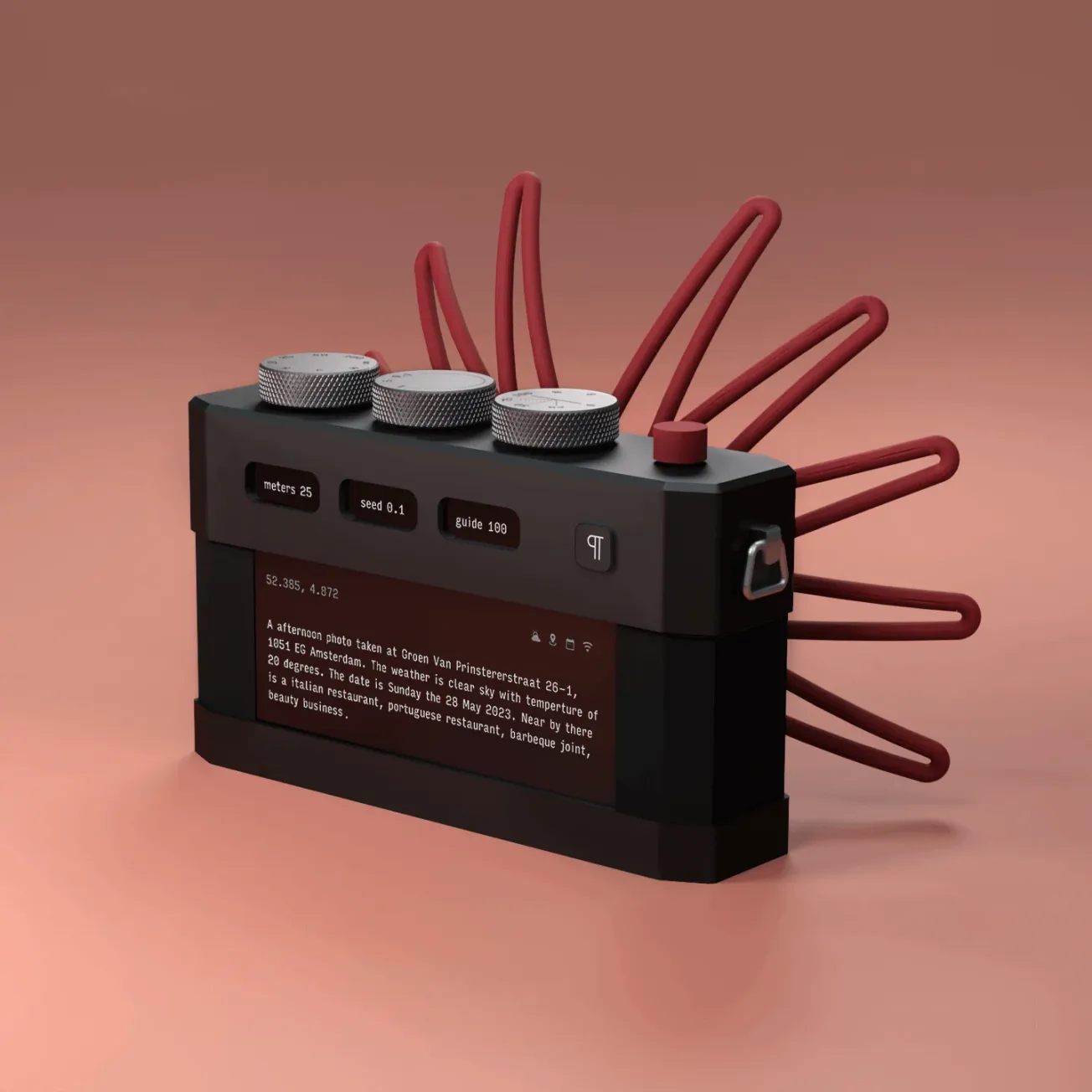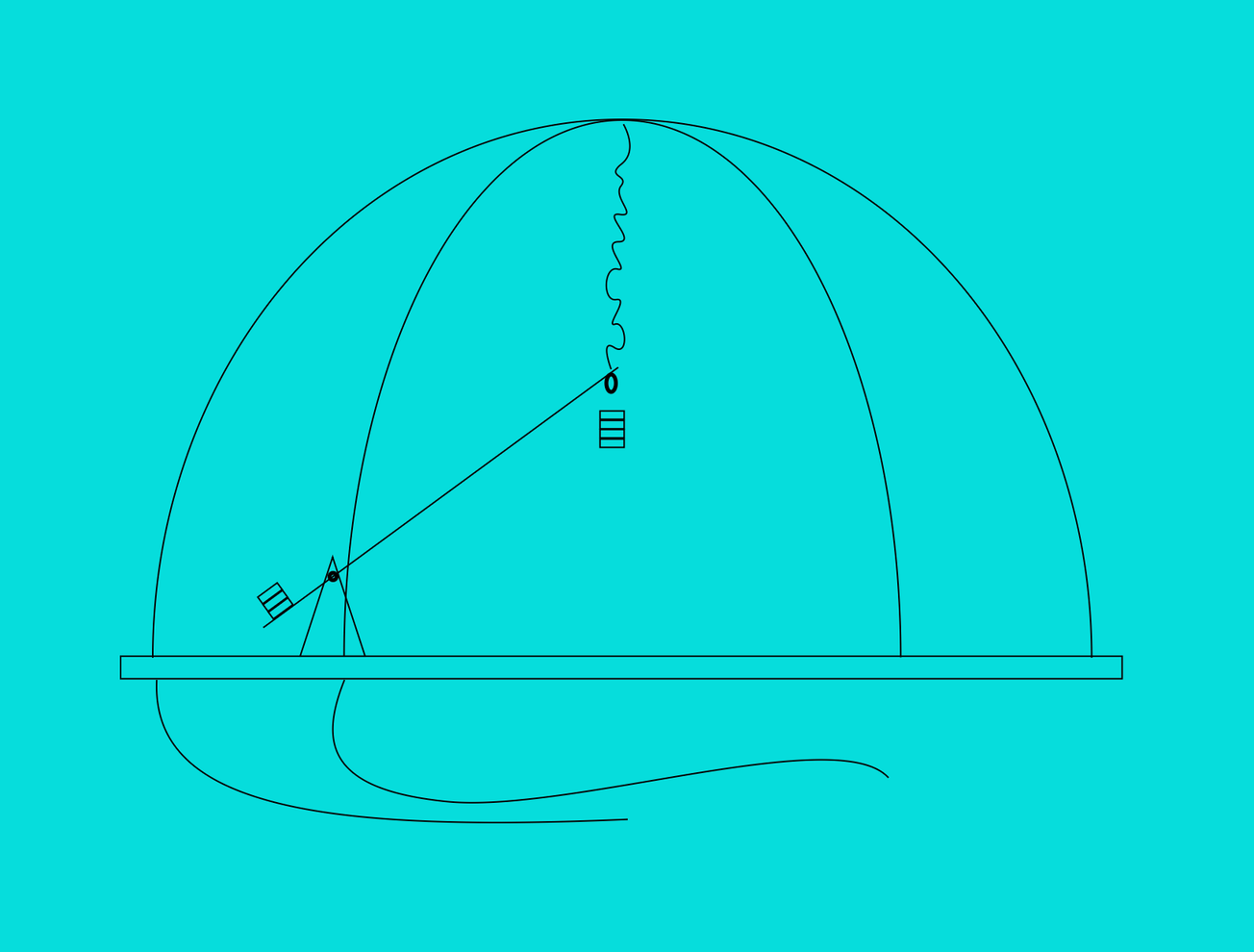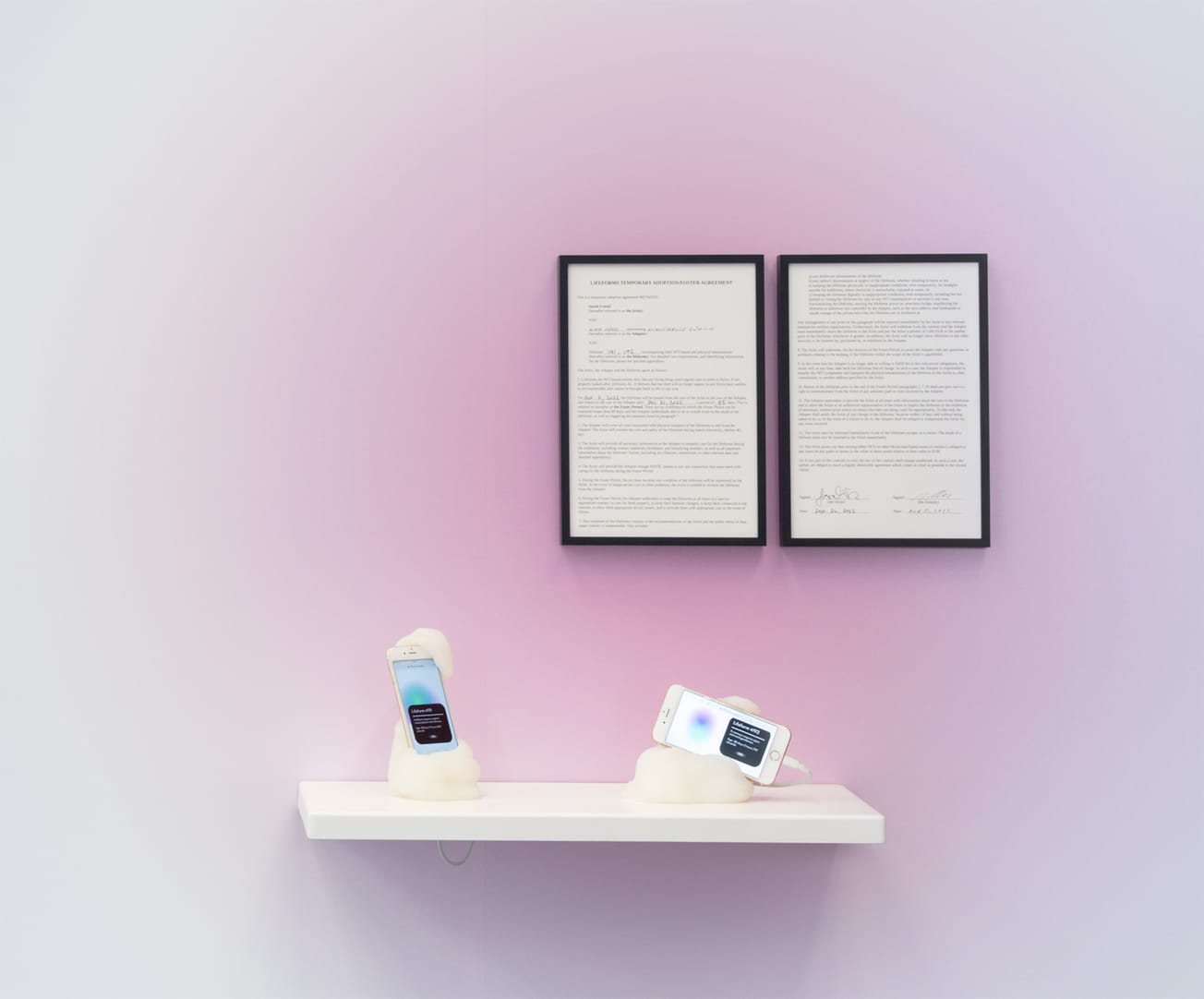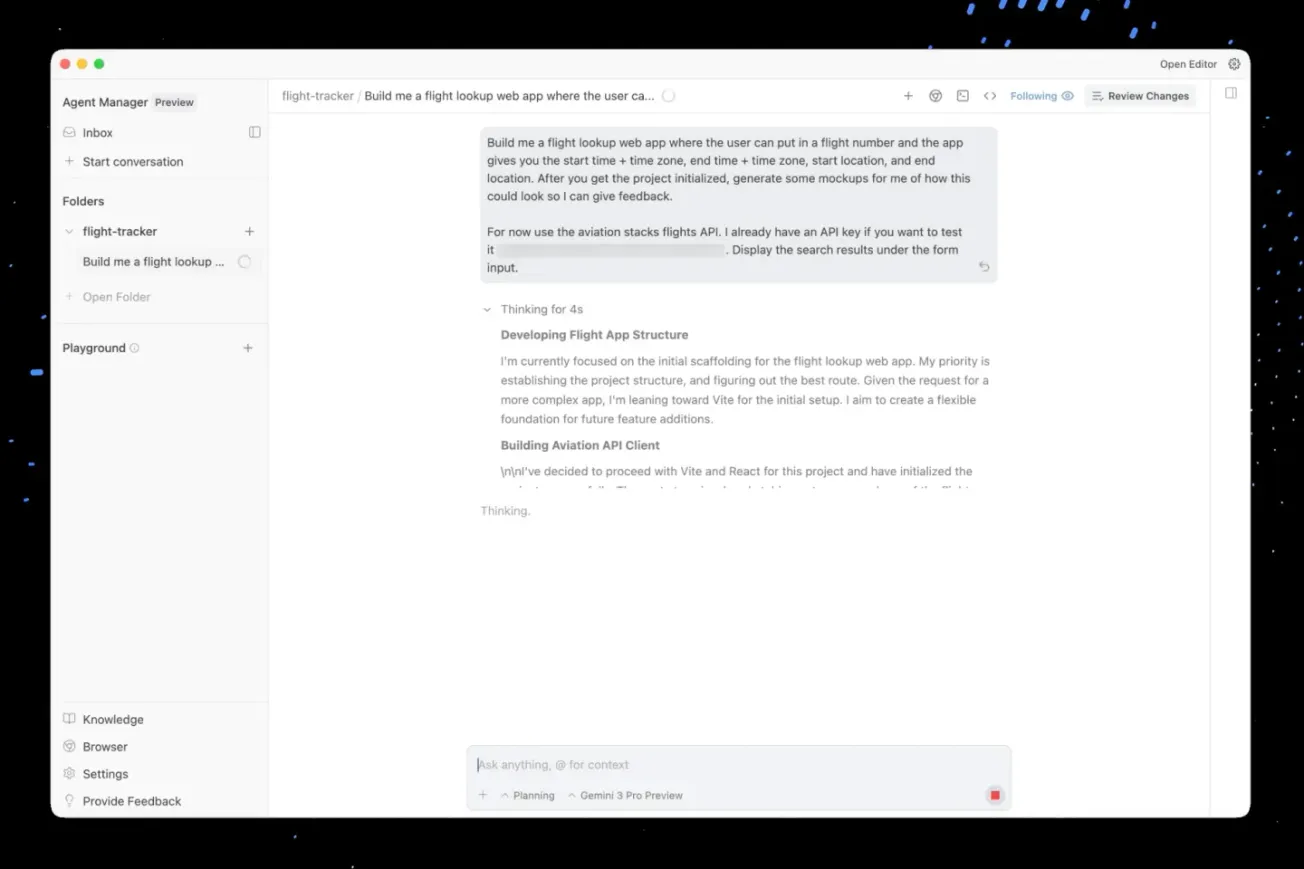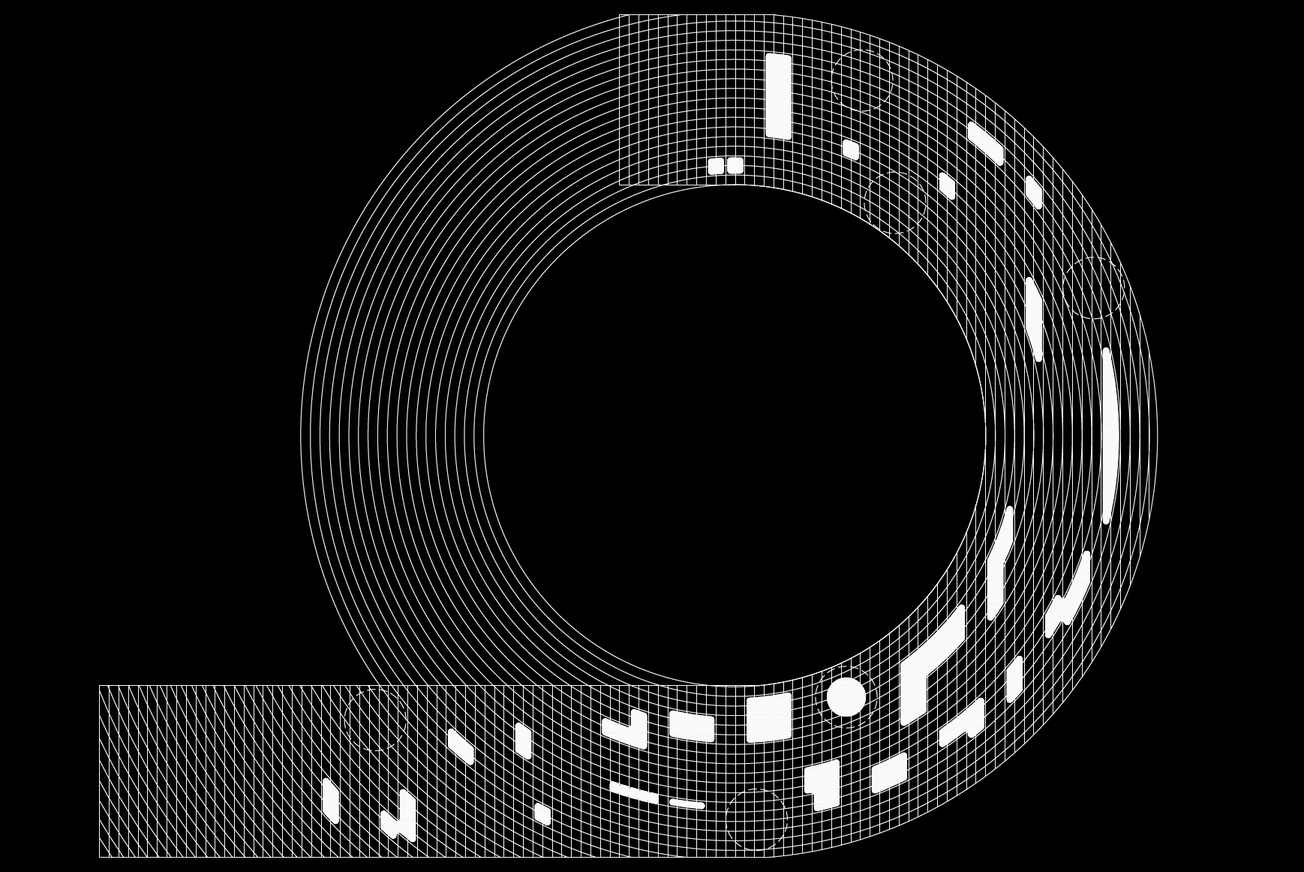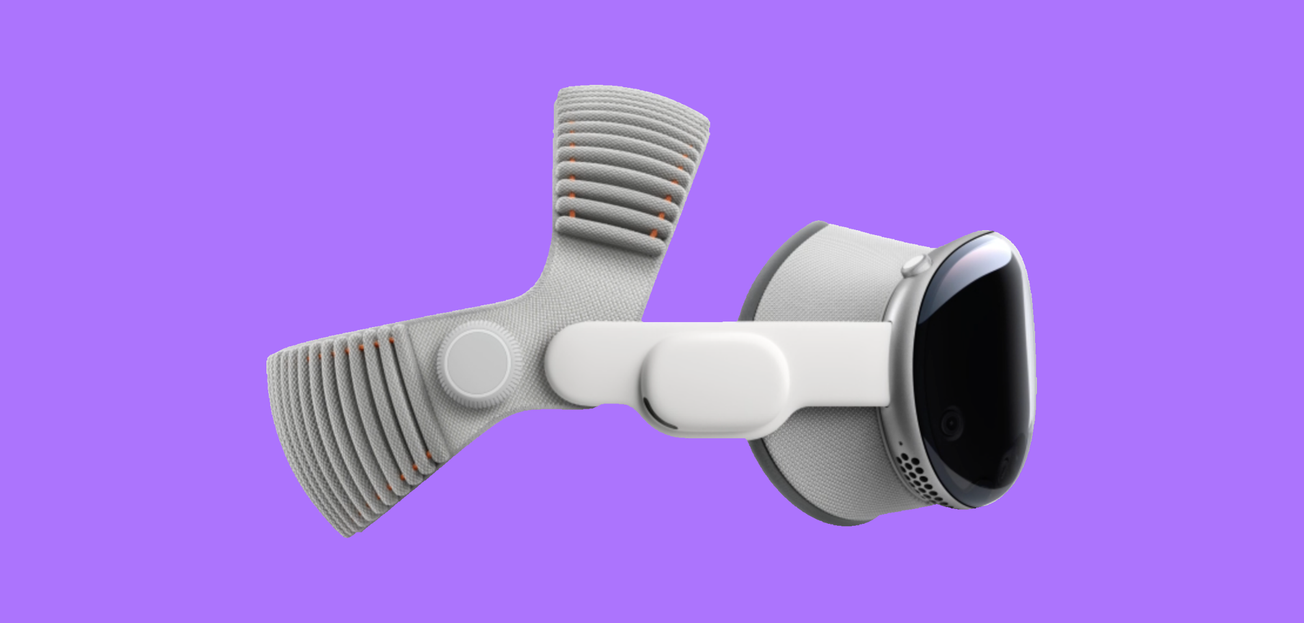OpenAI has taken a new step into cultural territory with the launch of its first Creative Lab in Seoul. Announced in mid-August 2025, the month-long program brings together 21 Fellows—visual storytellers, designers, and creators—to explore new possibilities with OpenAI’s creative tools, including image and video models such as DALL·E and Sora. On the surface, the format resembles an artist residency. But its implications run deeper, positioning the Lab as both a cultural initiative and a testing ground for how generative AI will shape creative practice.
While OpenAI describes the Creative Lab as an artist program supporting global storytellers and designers, the structure suggests it functions as more than community outreach. By embedding artists directly into its ecosystem, the company effectively turns creative practice into a form of R&D. Artists stress-test tools in ways engineers rarely anticipate, surfacing edge cases that shape how software evolves. At the same time, positioning artists as partners could shift perception—from AI as a threat to creativity toward AI as a collaborator.
OpenAI now joins the ranks of major software players like Adobe and Runway, both of which have long used creator partnerships to engage the creative community and test new tools. What sets OpenAI apart is the scale of its cultural ambition. If the Creative Lab succeeds, it could shape not only how AI tools are developed but also the aesthetic norms that ripple across design, advertising, and entertainment.
Yet the initiative raises deeper questions. At stake are issues of authorship, the shaping of aesthetics at scale, and the ethics of creative labor—alongside the lingering question of whether the program primarily supports artists or serves as PR for OpenAI.


